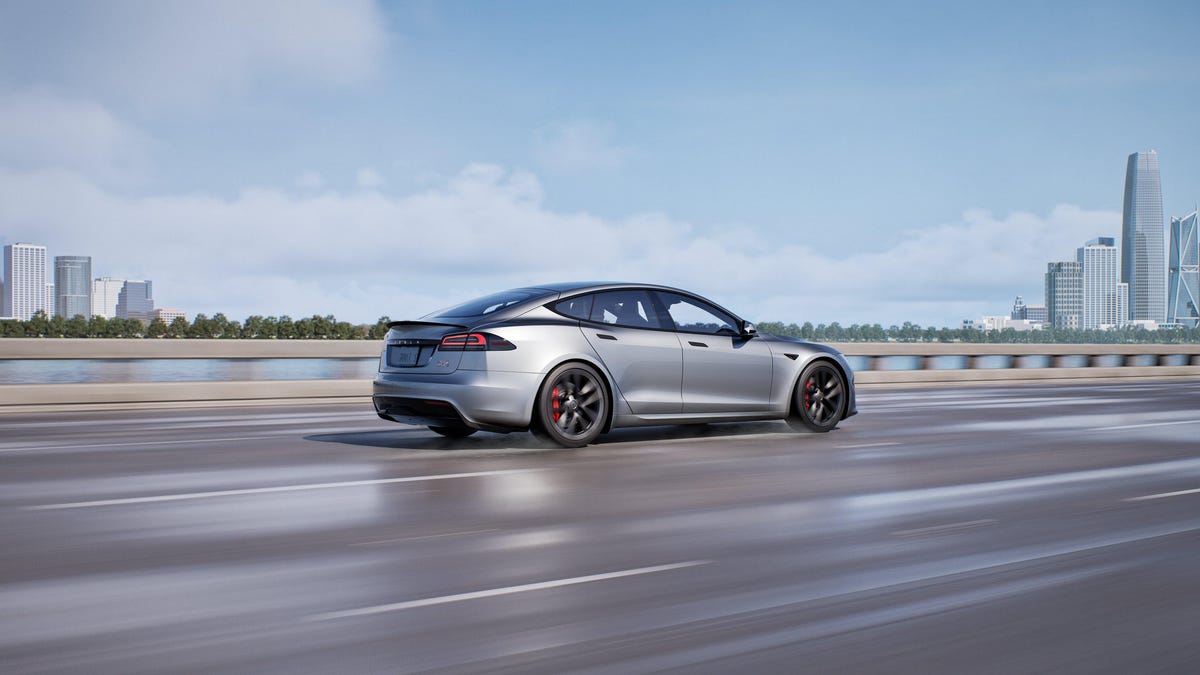Tesla’s model lineup has been very stagnant for a very long time. New models have shown up, diversifying the options on showroom floors, but the company’s oldest offerings have remained largely the same since their introduction. The age of the Model S and Model X has clearly been hitting sales, but now Tesla is trying to hide that story with its sales reporting.
Tesla has long categorized its sales as “Model 3/Y” and “Other” on its quarterly reports, using the introduction of new models like the Semi and Cybertruck to bolster the numbers of the flagging S and X. Recently, Electrek took a stab at parsing out those numbers to see just how well Tesla’s oldest vehicles are selling. Survey says? Not well:
Earlier this week, Tesla disclosed 21,551 “other models” deliveries in Q2.
As we previously reported, Cybertruck recalls gave us a good idea of deliveries in Q2. We put Cybertruck deliveries at 8,000 to 9,000 units last quarter.
If we subtract those from Tesla’s disclosure, it would put Model S/X sales around 12,000-13,000 units.
That’s 31-37% down from 19,225 Model S/X deliveries reported during the same period last year.
A more than 30% decline in deliveries year-over-year is certainly significant.
It’s true that this omits sales of the Semi, for all the contributions that technically-extant model makes to the numbers, but it’s safe to say that model won’t change the results much. If we take the 12,000-13,000 number as accurate, how does that stack up to other electric competitors? Well, there’s another automaker with an electric crossover and sedan we can look to: Hyundai.
Looking at Q2 numbers for the Ioniq 5 and 6, per Inside EVs, the two models sold 15,172 units during Q2 of 2024 — a substantial jump above Tesla’s numbers. This isn’t the most fair, given the cost difference between the Ioniqs and the Teslas, but it’s still an interesting look at what was once the It model in EVs is now being outsold by Hyundai.

